 Shutterstock
Shutterstock
Dogs usually enjoy their daily walks, but sometimes they may suddenly refuse to move, leaving their owners confused. While it might appear as stubbornness, many factors can cause a dog’s reluctance to walk. Physical discomfort, environmental triggers, and emotional stress can all play a role. Understanding these underlying reasons helps pet owners address the issue and ensure their dog’s health and happiness. By identifying what’s causing the behavior, owners can take steps to make walks enjoyable again for their furry companions.
Physical Discomfort or Injury
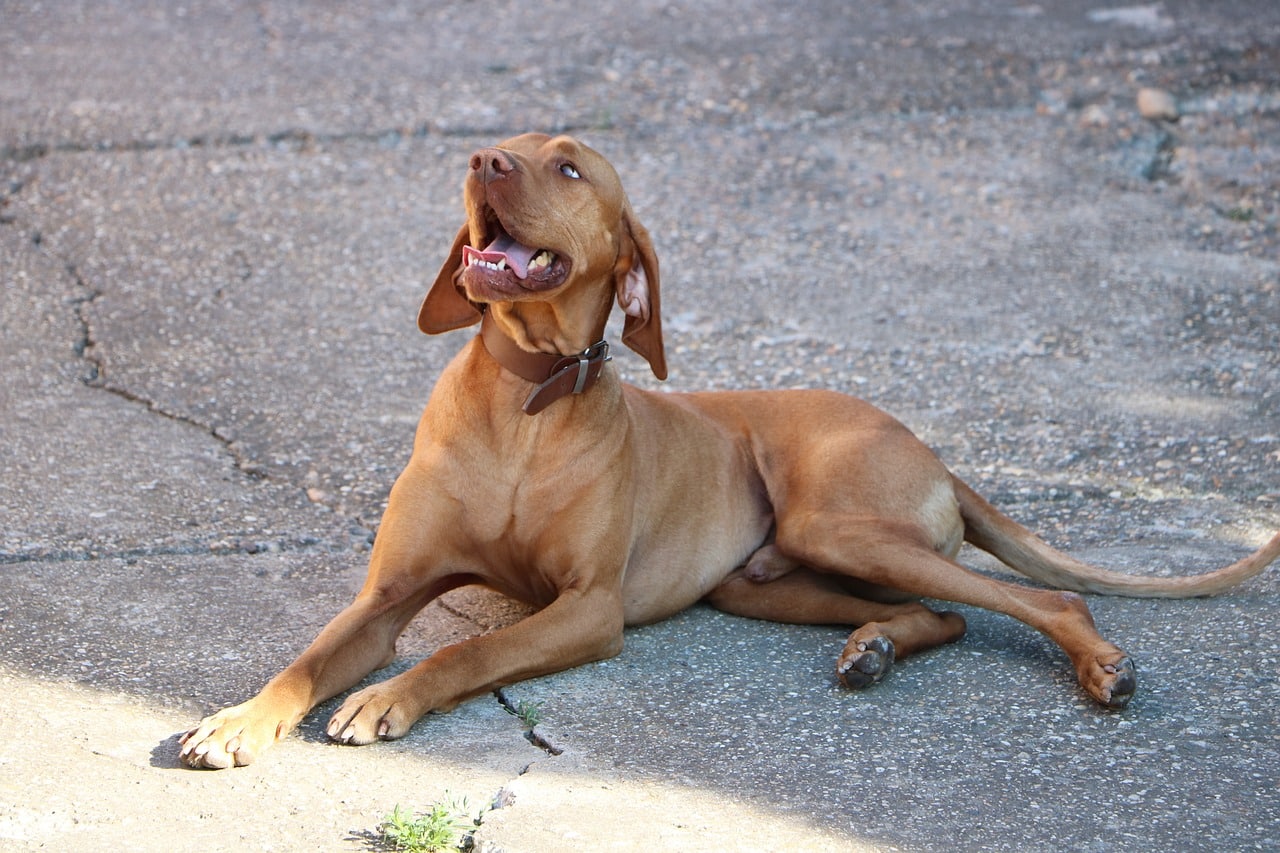 Shutterstock
Shutterstock
One of the most common reasons dogs refuse to walk is physical discomfort or injury. Dogs are naturally energetic creatures, but if they’re experiencing pain, they may be reluctant to move. Issues such as arthritis, sore paws, muscle strains, or an injury can cause your dog to avoid walking. If your dog suddenly stops wanting to go for walks, it’s important to examine their paws for cuts, sores, or foreign objects and consult a veterinarian if the refusal persists. Even minor injuries can make walking uncomfortable, so addressing these issues promptly is essential for their comfort.
Fear or Anxiety
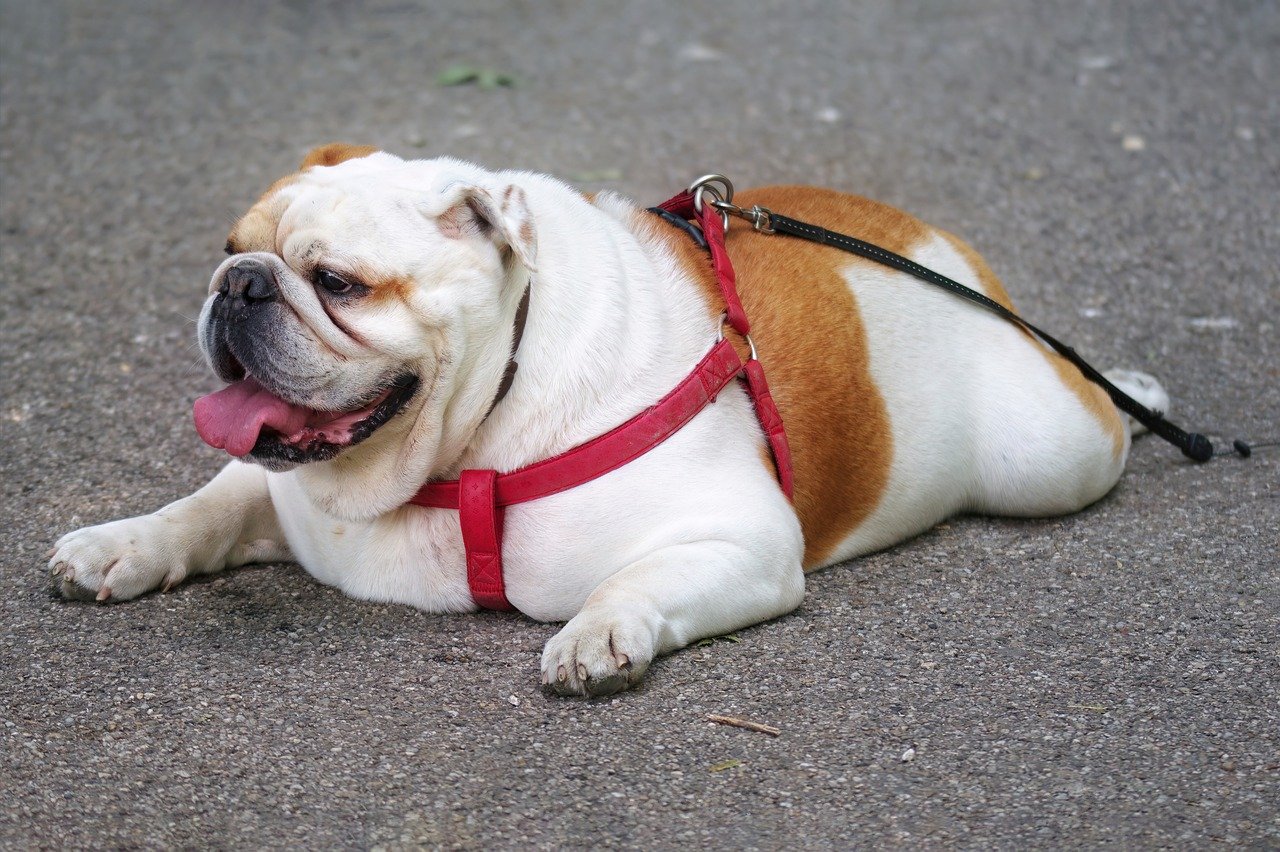 Shutterstock
Shutterstock
Dogs can be highly sensitive to their environment, and fear or anxiety can make them hesitant to walk. Loud noises, unfamiliar surroundings, or previous negative experiences, such as encountering aggressive dogs or being startled by traffic, can create fear in dogs. If your dog seems anxious about going for a walk, it might be due to something in their environment that they perceive as threatening. Helping them overcome this fear with positive reinforcement, gradual exposure, and patience can make a significant difference in their willingness to walk.
Weather Conditions
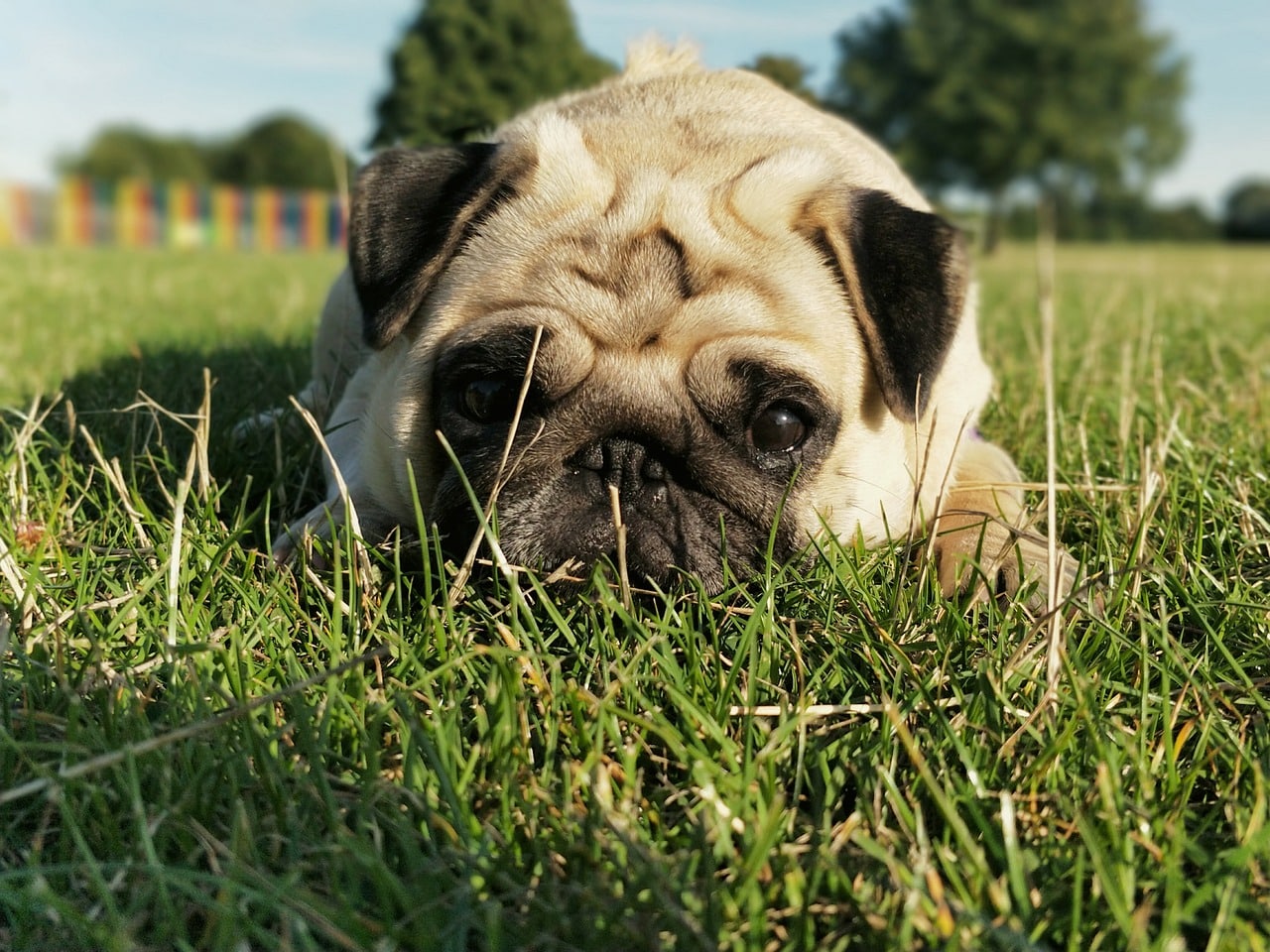 Shutterstock
Shutterstock
Extreme weather conditions, such as very hot, cold, or rainy days, can be another reason why dogs refuse to walk. Just like humans, dogs have temperature preferences, and certain breeds are more sensitive to extreme weather than others. For example, dogs with short coats may dislike cold weather, while dogs with thick fur may be uncomfortable in the heat. Rain can also deter some dogs, especially if they dislike getting wet. Providing appropriate gear, such as raincoats or booties, or adjusting walk times to more comfortable weather conditions can help encourage your dog to walk.
Lack of Motivation
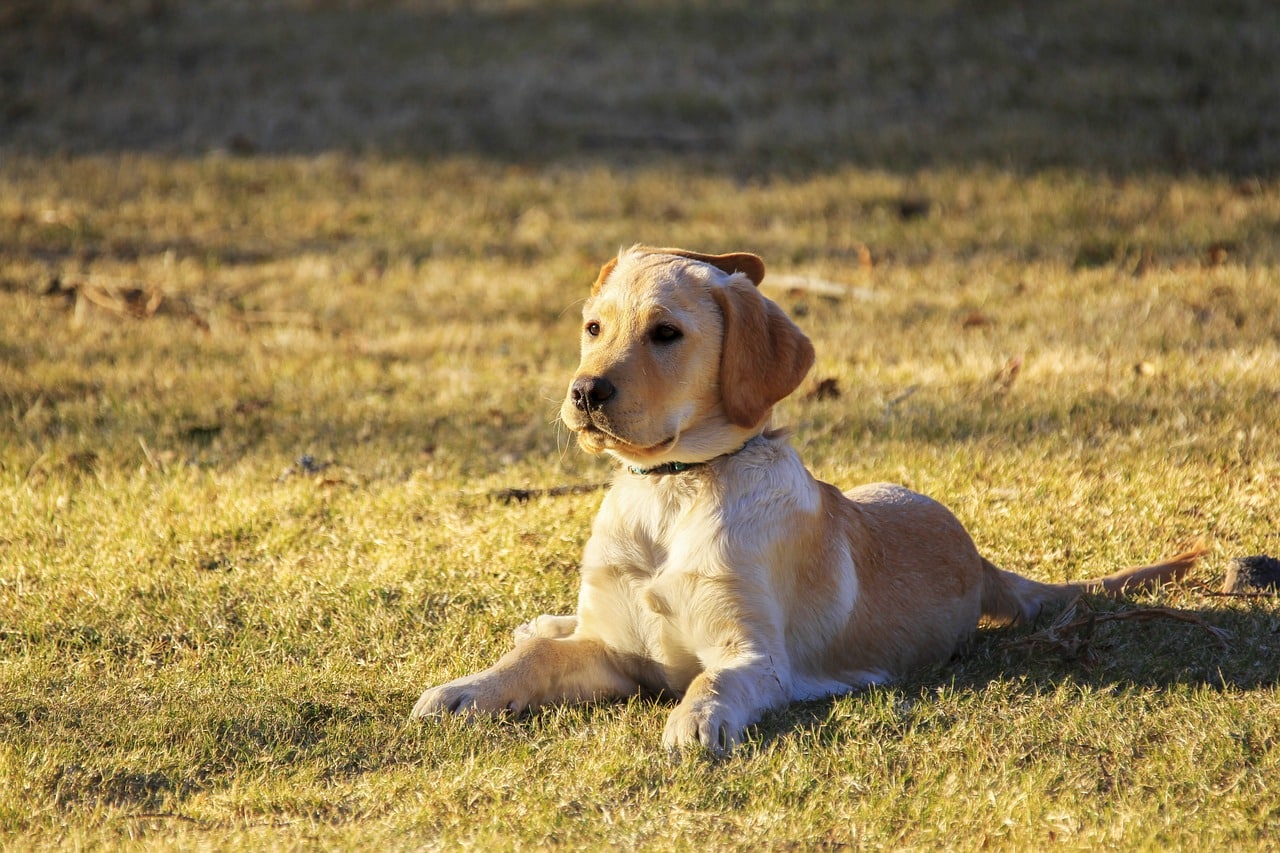 Shutterstock
Shutterstock
Sometimes, dogs may refuse to walk simply because they aren’t motivated. Dogs, especially those with a more relaxed or independent nature, may not see the need to go for a walk if they are content resting at home. Boredom or lack of interest in the walk can also lead to a lack of motivation. To address this, owners can try changing the walking route, introducing new toys or treats during the walk, or incorporating games like fetch along the way. Keeping walks exciting and rewarding can reignite their enthusiasm for outdoor adventures.
Health Issues or Fatigue
 Shutterstock
Shutterstock
Underlying health problems can also be a reason for a dog’s reluctance to walk. Conditions such as heart disease, respiratory problems, or obesity can make physical activity difficult for dogs, leading them to refuse walks. Fatigue from a previous walk or strenuous activity could also cause your dog to hesitate. If your dog seems to tire easily or avoids walking, it’s important to consider whether their overall health plays a role. Consulting with a vet can help identify any underlying conditions that may be affecting your dog’s energy levels and willingness to walk.
Poor Leash Training
 Shutterstock
Shutterstock
Poor leash training is another factor that may cause dogs to refuse to walk. Dogs that are not comfortable on a leash or don’t understand how to walk calmly may resist going on walks altogether. They might pull, stop abruptly, or refuse to move if they feel restricted or uncomfortable with the leash and collar. Proper leash training is key to making walks enjoyable for both the dog and the owner. Positive reinforcement, patience, and consistency during training can help dogs feel more comfortable walking on a leash.
Overstimulation
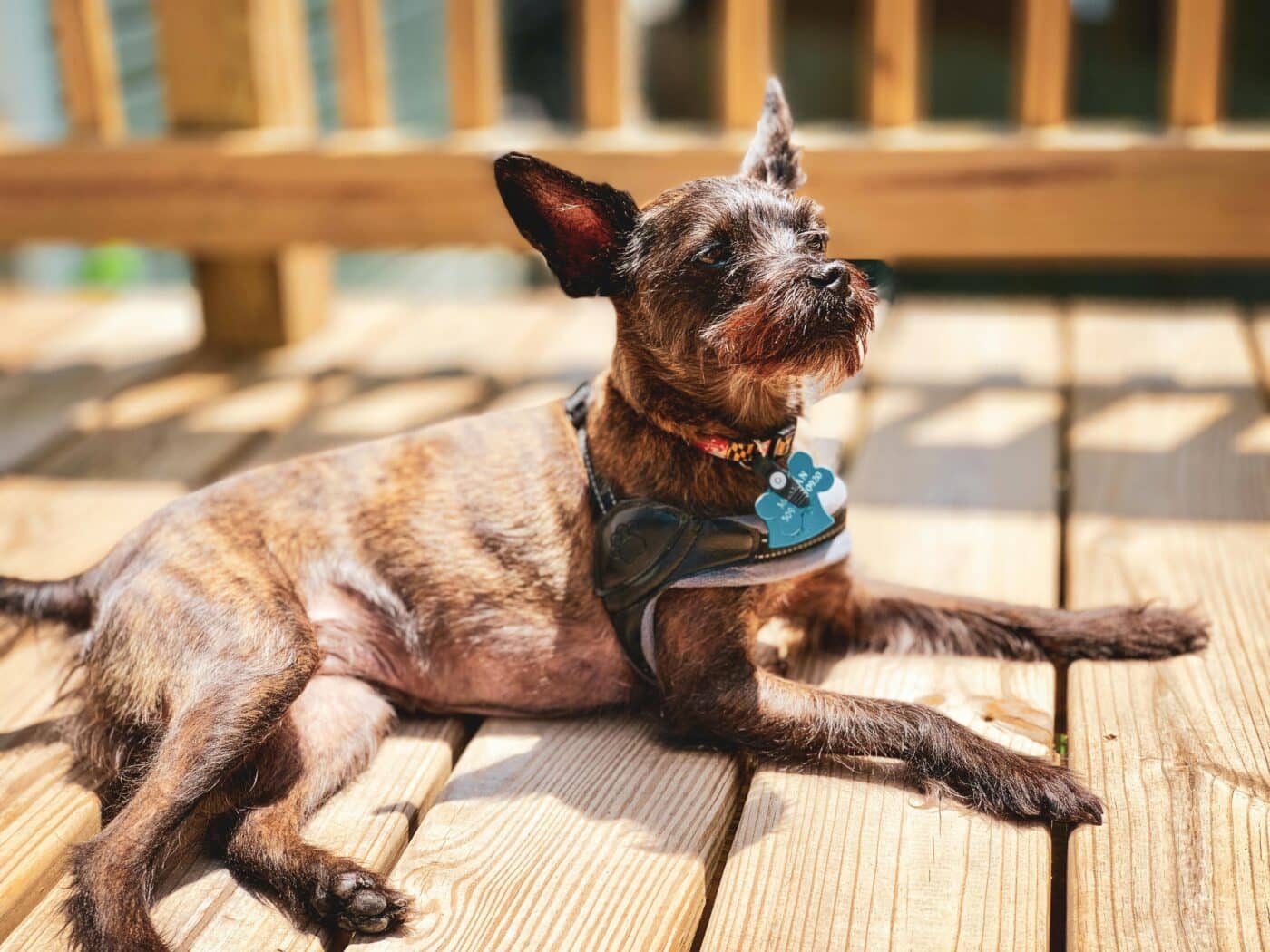 Shutterstock
Shutterstock
Dogs can sometimes become overstimulated by their surroundings, making them refuse to walk. If a dog is in a highly stimulating environment with too many sights, sounds, or smells, they may become overwhelmed and anxious. This sensory overload can cause them to freeze or refuse to move. Dogs that are not accustomed to busy environments, such as crowded streets or parks, may struggle with overstimulation. Gradually exposing them to these settings and providing plenty of reassurance can help them adjust and feel more at ease.
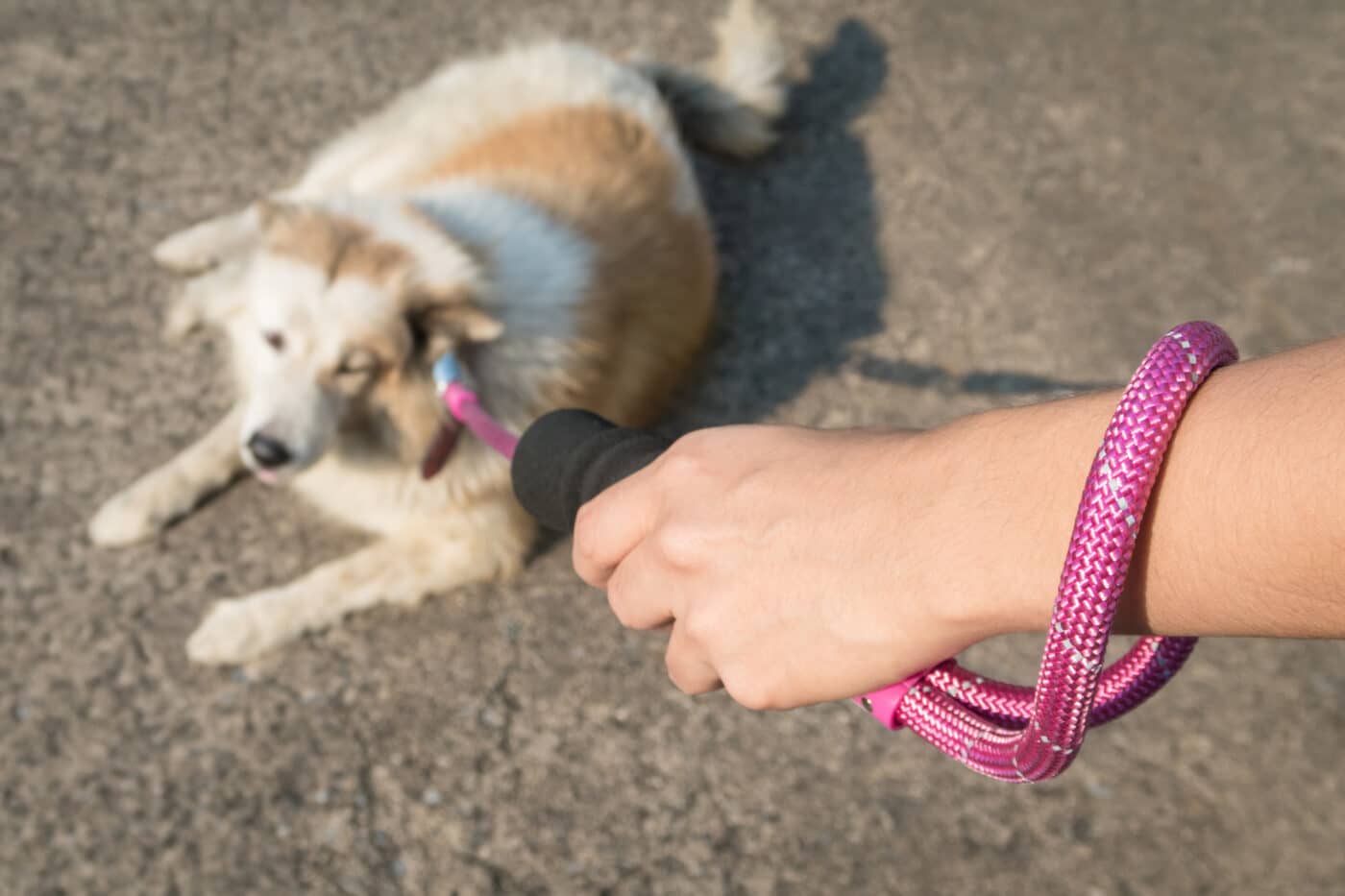 Shutterstock
Shutterstock
As dogs age, they may experience fatigue more easily, leading them to refuse walks. Senior dogs often develop conditions like arthritis, joint pain, or other age-related health issues that can make walking difficult. These dogs may want to walk but simply can’t handle the physical strain as well as they used to. Adjusting the duration and intensity of walks for older dogs can help them stay active without causing discomfort. Keeping an eye on their energy levels and working with a vet to manage any age-related conditions can improve their quality of life.
Dislike of the Walking Environment
 Shutterstock
Shutterstock
Dogs, like humans, have preferences for certain environments, and some may refuse to walk in places they find uncomfortable or unpleasant. For example, a dog may dislike walking on hot pavement, rocky terrain, or icy surfaces. Similarly, dogs may avoid areas where they’ve had a negative experience in the past. Being mindful of your dog’s walking environment and providing alternative routes or surfaces that they find more comfortable can help encourage them to walk. It’s important to observe how your dog reacts to different environments and adjust the walk accordingly.
Hunger or Thirst
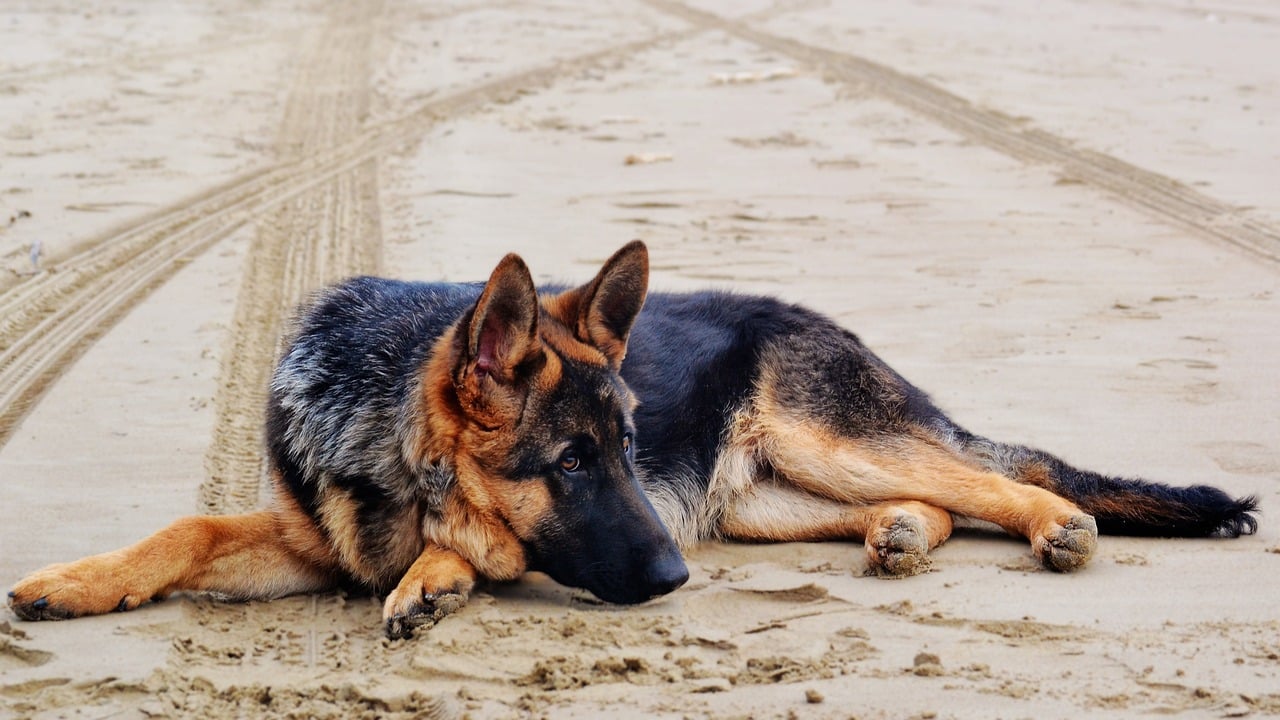 Shutterstock
Shutterstock
Just as people can lose motivation to exercise when they’re hungry or thirsty, dogs may refuse to walk if they haven’t eaten or are dehydrated. If your dog hasn’t had enough to eat or drink before a walk, they may not have the energy or motivation to go. Ensuring your dog is well-hydrated and has had a light snack before a walk can help boost their energy levels and enthusiasm for physical activity. Avoid scheduling walks immediately after meals to prevent discomfort, but make sure your dog has the fuel they need to stay active.
Distrust or Fear of the Leash
 Shutterstock
Shutterstock
Some dogs develop an aversion to their leash or collar, especially if they’ve had negative experiences with it. If a dog associates the leash with something uncomfortable, like being pulled too hard or being restrained during an unpleasant event, they may refuse to walk when the leash is brought out. In such cases, reintroducing the leash in a positive, gentle way can help. Encouraging the dog to associate the leash with positive experiences, such as treats or playtime, can build trust and make them more comfortable with walks.
Behavioral Problems or Stubbornness
 Shutterstock
Shutterstock
Certain breeds are more independent or stubborn by nature, and this personality trait can sometimes manifest in a refusal to walk. Dogs that have a strong-willed or dominant personality may decide that they don’t feel like walking and refuse to move. In these cases, it’s important for the owner to establish clear boundaries and encourage the dog to follow commands. Consistent training, along with positive reinforcement, can help overcome stubbornness. However, patience is key, as forcing a dog to walk can create resistance or fear.
Helping Your Dog Overcome Refusal to Walk
 Shutterstock
Shutterstock
Dogs may refuse to walk for various reasons, ranging from physical discomfort and health issues to fear, anxiety, or simple stubbornness. Understanding these underlying causes allows owners to address the root of the problem and take steps to improve their dog’s walking experience. Whether it’s through better leash training, adjusting the walking environment, or addressing health concerns, helping your dog feel comfortable and motivated to walk ensures they get the exercise and stimulation they need to stay happy and healthy.

 1 month ago
18
1 month ago
18

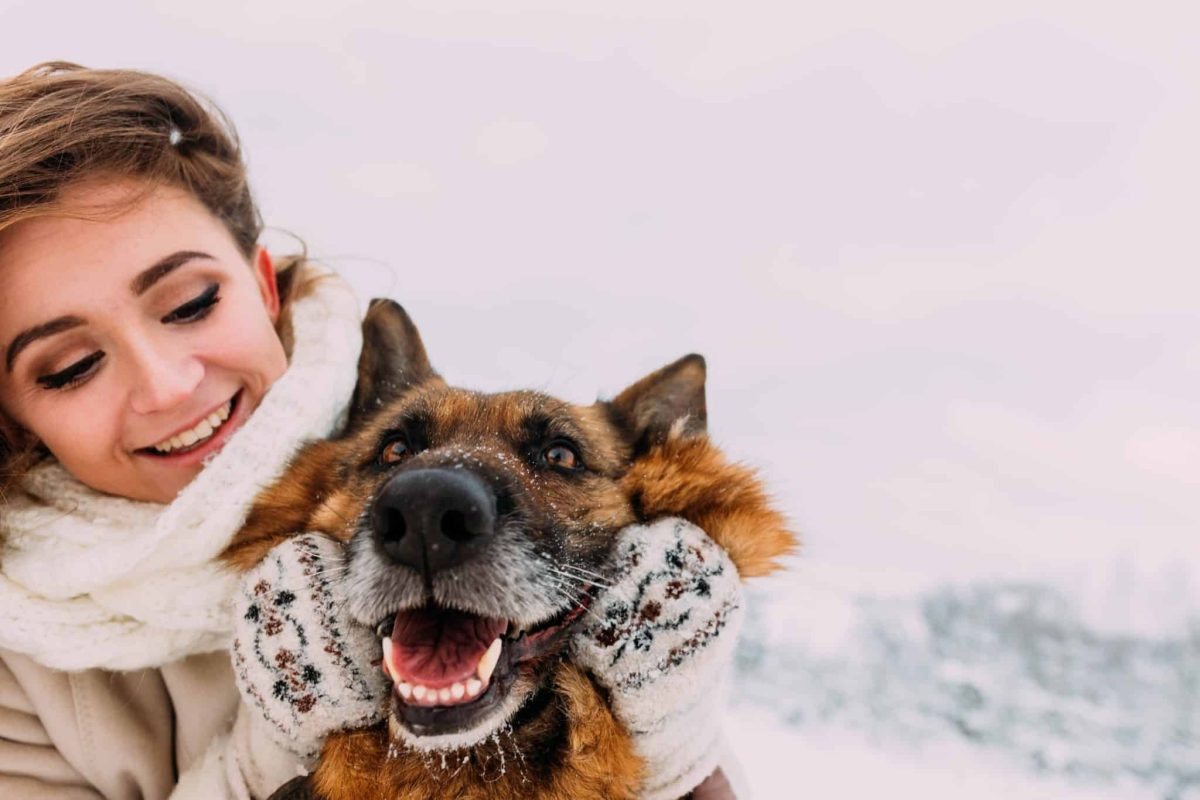


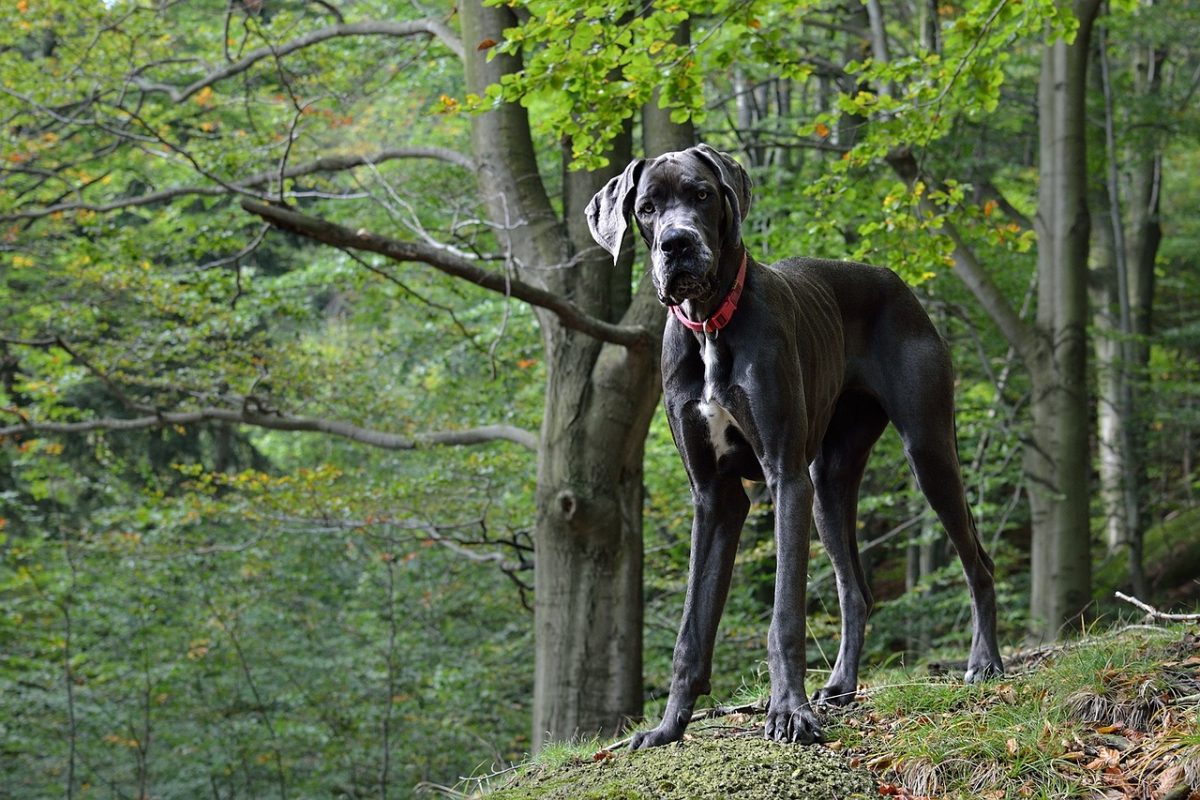
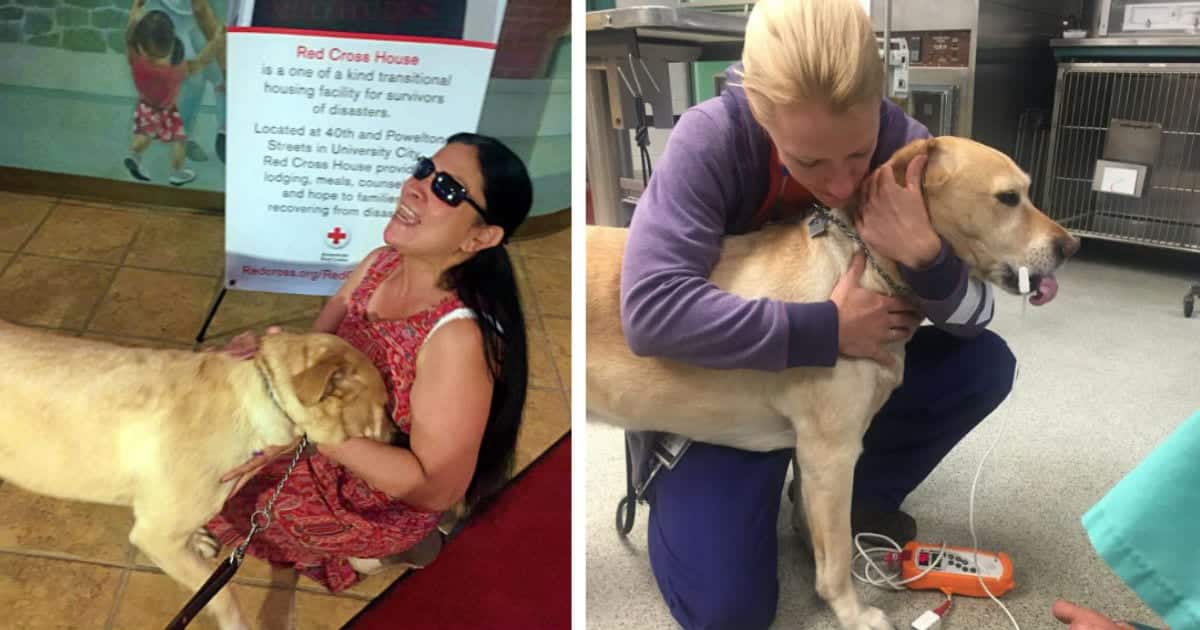

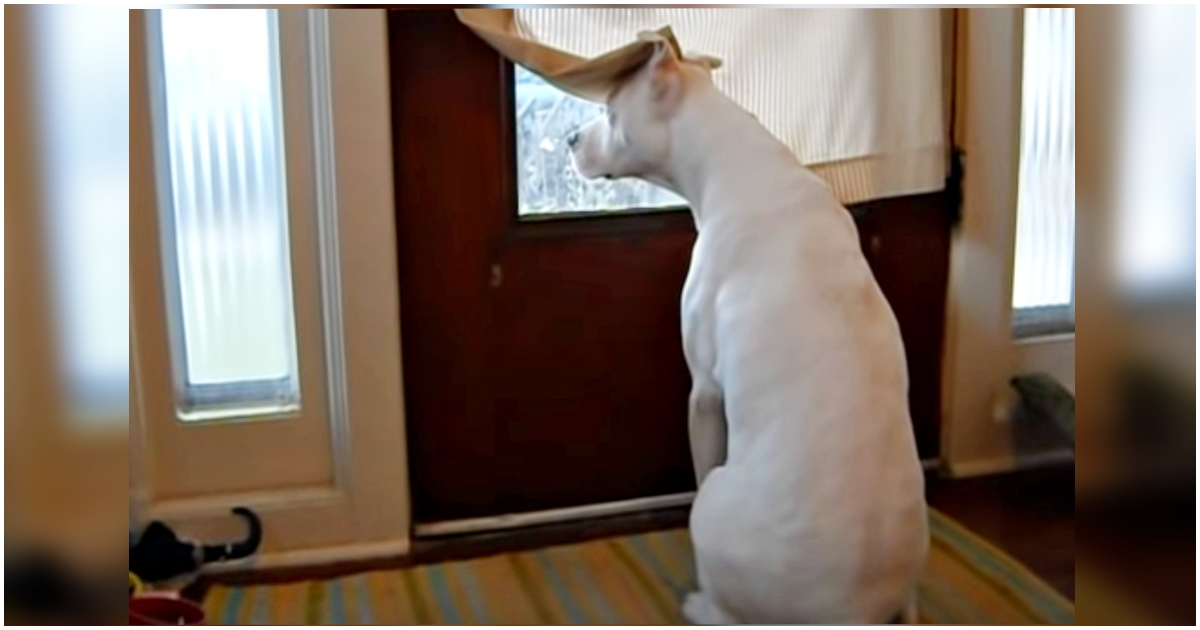









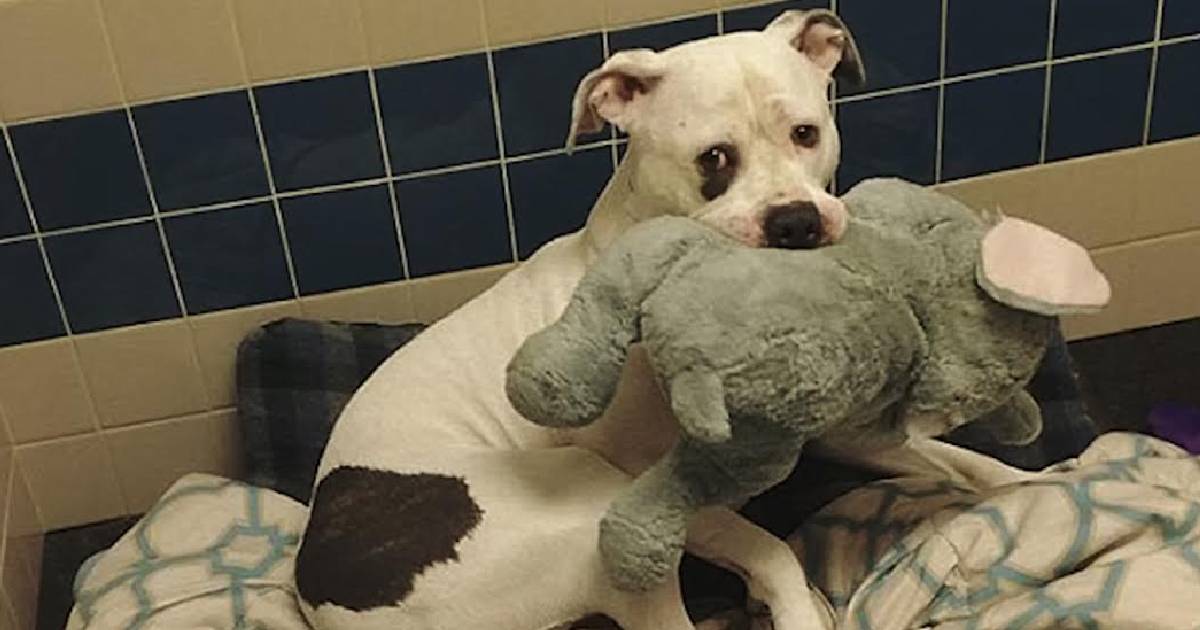
 English (US) ·
English (US) ·